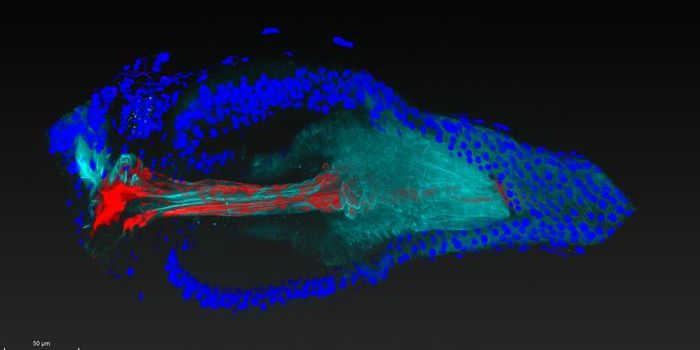Climate Modeling Helps Scientists Learn About Proteins
Scientists like to get creative; they have now taken technology for studying climate change and utilized it to predict how important proteins in a cell get sent to their proper locations. There are many compartments within a cell, and they have specialized, critical duties in order to maintain the proper functions and good health of the cell. These compartments or organelles have membranes of their own, and proteins that sit within them, tail-anchored (TA) proteins, that help to carry out their functions and trafficking.
Researchers at the University of Exeter have learned more about the mechanisms and signals that act to orchestrate and regulate the sorting and distribution of those TA proteins in the cell; the results have been reported in the Journal of Cell Science. TA proteins act as surface adaptor molecules, and their characteristics determine which membranes they must be sent to. Cellular compartments will not function correctly if these TA adaptors are not sent to the right place. If they are not targeted properly or if adaptor function is lost, a range of serious and sometimes fatal diseases can occur, which affect a variety of physiological systems like metabolism and development, for example.
"This research has allowed us to better understand how the cell sorts and delivers these proteins. We now know which properties determine how they travel to specific organelles and can exploit this knowledge to predict the localization of hitherto uncharacterized adaptor proteins encoded in the human genome,” explained the leader of the work, Dr Michael Schrader of the University of Exeter.
For the first time, researchers have learned how to predict the movement of these proteins. The scientists have identified which chemical properties of tail-anchored membrane proteins function to determine where they move in a cell. The work has shown that the combination of tail charge and hydrophobicity - or water-resistance - of the region of the protein that spans the membrane determines how they migrate to distinct organelles. Small changes in those characteristics are all it takes to alter adaptor protein targeting to organelles.
"Our findings can be used to modulate and improve targeting of membrane adaptors. This could also improve medical treatment, because researchers could use this information to produce drugs which better target specific organelles,” said Dr Schrader.
The researchers are now continuing this work in collaboration with experts from the Met Office. "It can be expensive and slow to run the most accurate computer simulations of the Earth's climate, so we are always looking for ways to make the best use of the data we have. It turns out the statistical methods we use to predict climate change are useful for predicting where proteins anchor within the cell,” said study co-author Doug McNeall from the Met Office.
In this video from the Met Office, you can hear about how climate modeling works.
Sources: Phys.org via University of Exeter, JCS









